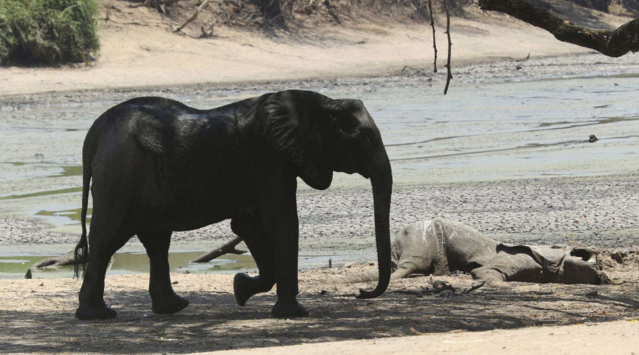
1.What made people in Africa lack food?
A Slow food deliveries.
B The great flood.
C The worst drought.
D No growing fields.
解析:选C。推理判断题。根据文章第一段第二句Emergency food deliveries are planned for regions of South Africa, Zambia, Zimbabwe and other nations hit with a deadly combination of low rainfall and high temperatures.可以得知由于低降雨量(严重干旱)造成了食物短缺,故选C。
2.Why were farmers in Southern Africa affected?
A They had safe levels of food security.
B They needed six months to grow crops.
C Their ways of watering crops were limited.
D They received the normal levels of rainfall.
解析:选C。推理判断题。根据文章第二段最后一句which has particularly affected farmers who depend on rain for their crops可以得知干旱致使非洲南部的农民受到很大的影响,因为农民只能靠雨水浇灌,故选C。
3.What did some elephants do in Zimbabwe when hungry?
A They chose to live in national parks.
B They asked for help from the USAID.
C They lived on other kinds of wildlife.
D They sought food in neighouring areas.
解析:选D。细节理解题。根据文章第三段最后一句Some animals are getting close to the nearby communities in search of food and water可以得知一些野生大象去附近的地方寻找食物和水源,故选D。
4.What would happen to people if they drink water in the same points with wildlife?
A They might be attacked by the animals.
B They might get enough drinking water.
C They might have to live with livestock.
D They might make friends with animals.
解析:选A。细节理解题。根据文章第四段第三句的This is dangerous as it exposes people to diseases and creates a high risk of animal attacks.可以得知人类和动物共用一个饮水点会增加人类被动物袭击的危险,故选A。